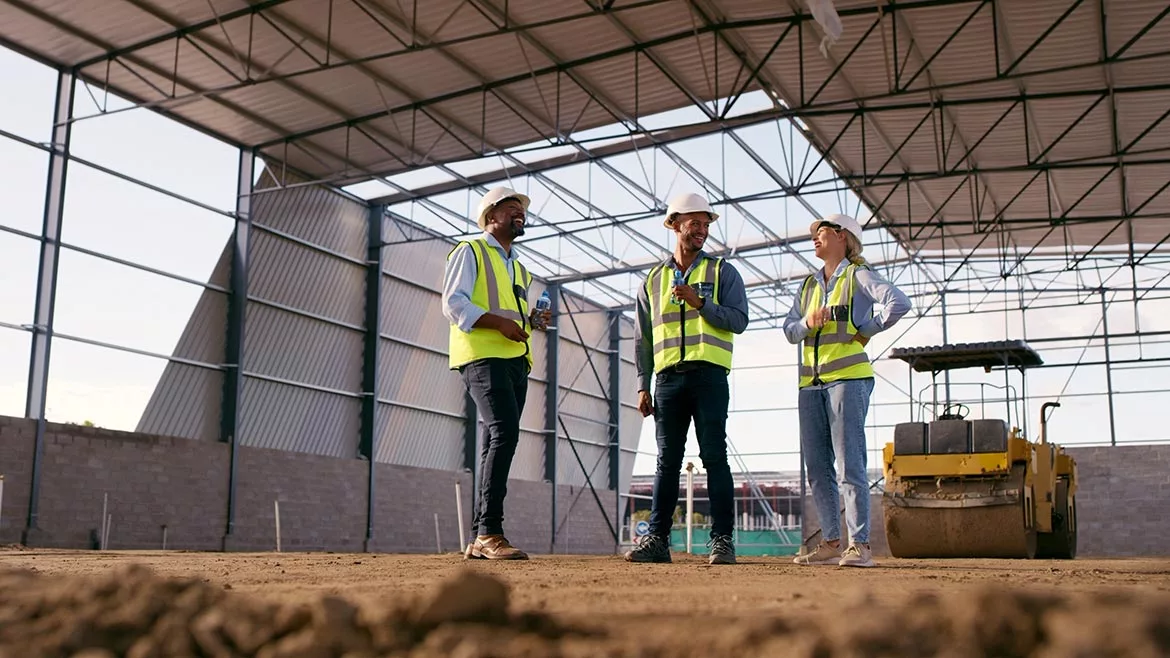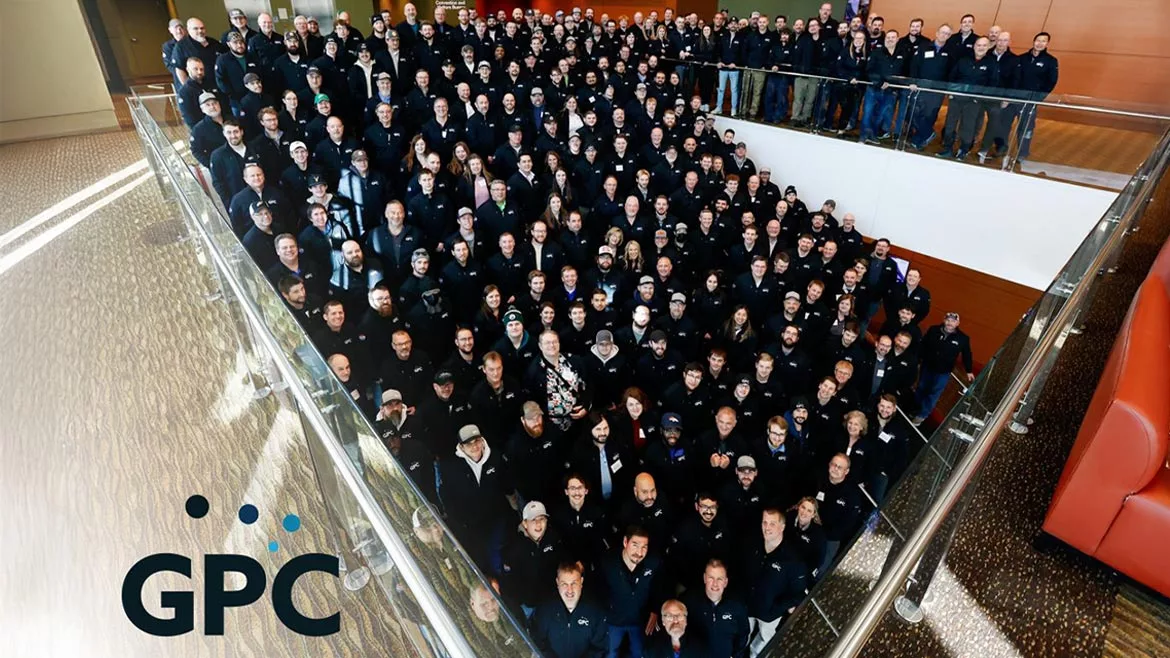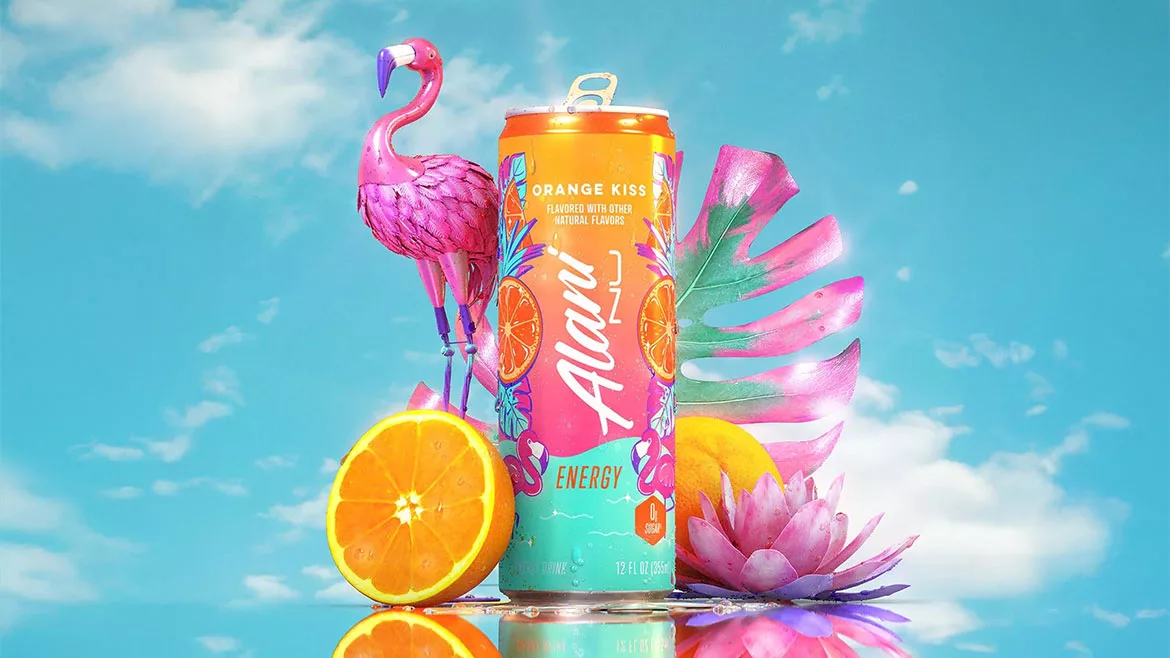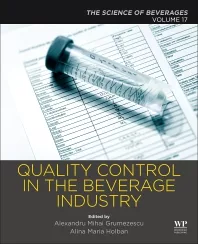New facility planning, expansions aim to increase efficiency for beverage operations
Whether starting fresh or expanding, beverage operators have much to consider for facilities

Image courtesy of Sean Anthony Eddy/E+ via Getty Images
In the simulation videogame the Sims, players can create people and control their daily lives. This includes designing and building the houses in which the Sims live. These homes can be extravagant or small; it all depends on how the player would like their Sims to live. In the beverage industry, planning for new facilities is not as easy as in a simulation videogame like the Sims. Many factors go into planning these facilities.
Josh Goodman, AIA principal at HDA Architects, St. Louis, shares the key influences that are prompting new facility builds.
“New facility builds are a logical path for older buildings, mergers and acquisitions, and expanded portfolios,” he says. “Many older facilities do not have the clear height necessary to store today’s products of various packaging and sizes. The number of products continues to grow rapidly, causing a need for more storage space and better organization.”
Various factors go into deciding whether to execute a new build versus an expansion. Goodman notes a few to aid in assessing the best path forward, but says each wholesaler’s needs are unique.
“The first consideration is whether the need is due to increased SKUs or overall facility inefficiencies,” he shares. “Secondly, is there enough space to expand the facility? Thirdly, can an expansion capture all major needs for a desired period of time after completion?”
If not, Goodman says then the best approach is to build new with a design incorporating needs for today and the future.
HDA is working on an expansion for Texas-based Del Papa Distributing Co. This was the distributing company’s third time working with HDA. Previously, one facility was built new, while the other two locations were expanded. This latest project — an expansion of an existing facility — includes an additional 92,400 square feet of warehouse space, with an additional 11,766 square feet of cooperage space.
In a video on HDA’s website, Bill Falkenhagen, now retired but former vice president and chief financial officer at Del Papa, noted that HDA conducted the work on all three locations.
“Working with HDA on our new facility was a very good experience,” Falkenhagen said in a statement on HDA’s website. “They brought a lot of knowledge to the table having designed so many beverage facilities. They definitely helped us design a facility that is ready for the future. I am very happy we engaged them.”
Making plans
HDA’s Goodman shares the top items that beverage operations are requesting for facilities.
“Flexibility to change their warehouse operations to match the market and supplier needs,” he says. “Maximizing clear height allows the ability for higher racking. Planning for or the initial implementation of automation is quickly moving to the forefront.”
The rise of automation also is affecting warehouse builds and expansions. Goodman views automation as being a valuable asset in both new and existing construction.
“Existing buildings can use automation to increase efficiency in storing and picking products,” he states. “Newer systems allow entry-level solutions that can work within the constraints of existing buildings. In new builds, automation can be used to maximize both building footprint and height.”
Effective use of automation helps combat ongoing labor issues, Goodman adds.
There are benefits when using an architectural-led design build. These builds allow the design solution to remain at the forefront of the process, Goodman says.
“Architects start the process by working with the wholesaler, understanding their wants and needs,” he explains. “They manage the collective team of designers, engineers, and owner vendors to maintain the project requirements. Simultaneously, they work with the contractor to develop and analyze costs for the decisions made throughout the process.”
As a result, he notes that the owner remains involved and informed by the architect throughout the entire decision-making process.
Sustainability-focused aspects are also incorporated into beverage facility designs. Beverage facilities inherently use several recyclable products such as concrete and steel, Goodman shares.
“Not only are these recyclable products, but they also contain a high percentage of recycled content when initially produced,” he says. “As technology has advanced and energy costs continue to rise, solar is a viable option for many locations. Even small solar arrays have benefits in areas with high demand charges.”
Goodman adds that alternative cooling systems, such as ice storage, also save energy.
The past year has seen climate-related impacts on facilities as well.
“Facilities will need to be designed and constructed differently depending on the location and relative climate-related impacts,” Goodman concludes. “Those areas which are prone to brownouts will need to explore methods to maintain power and maintain operations. In fire prone areas, having a building with fire-resistive construction will be important.”
Looking for a reprint of this article?
From high-res PDFs to custom plaques, order your copy today!








